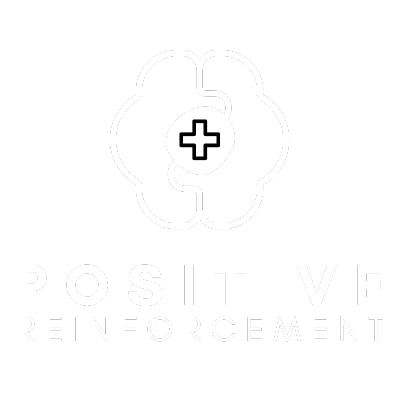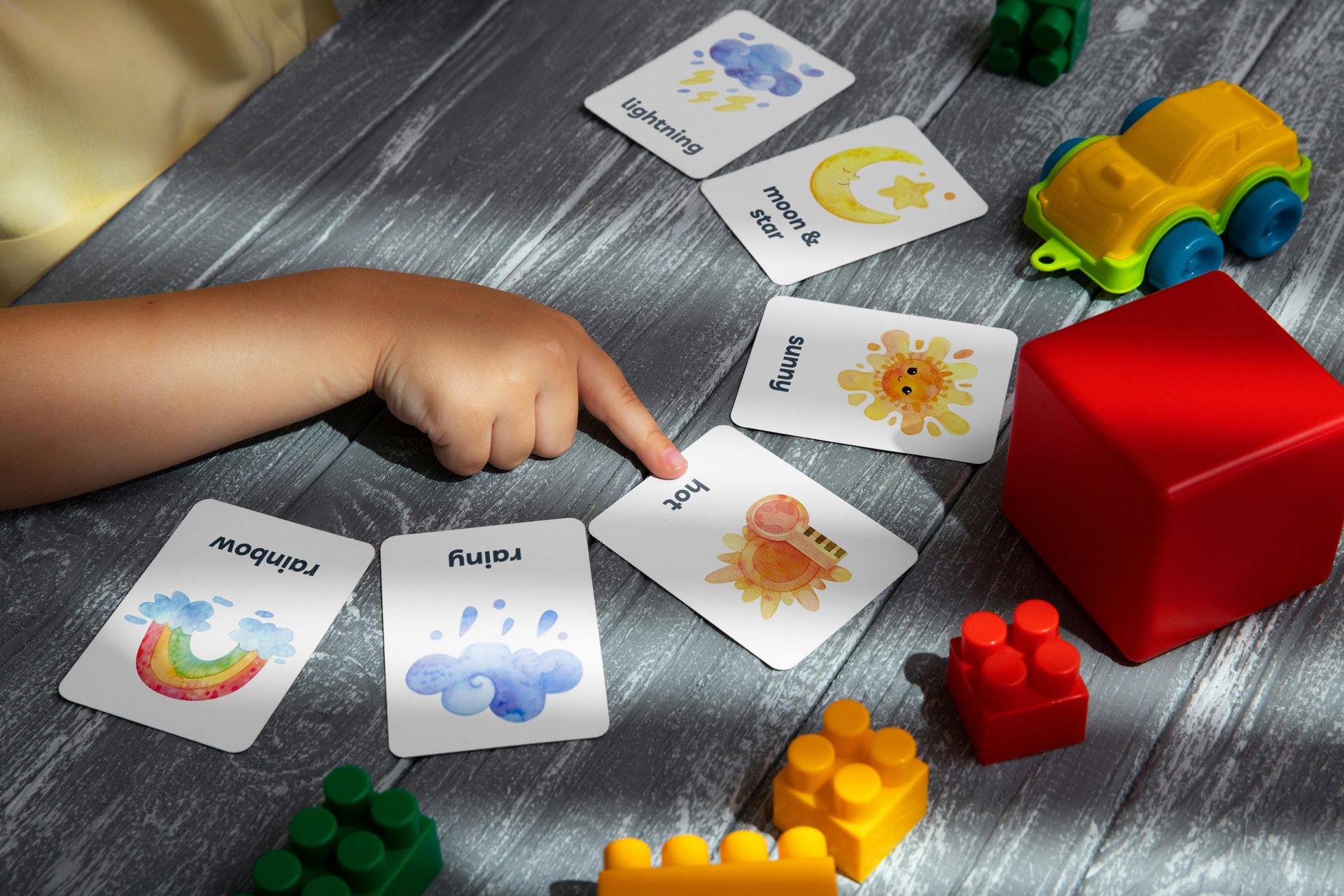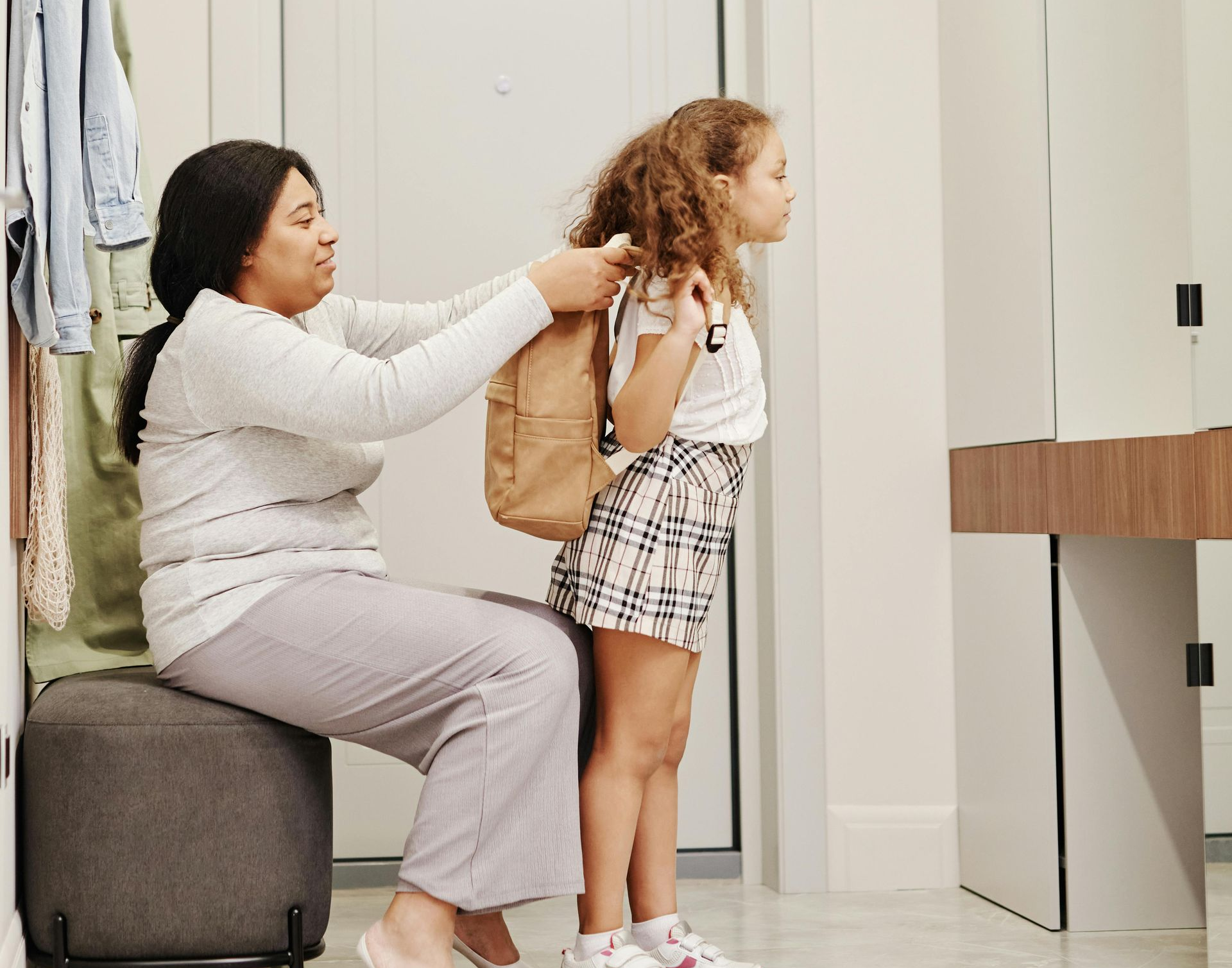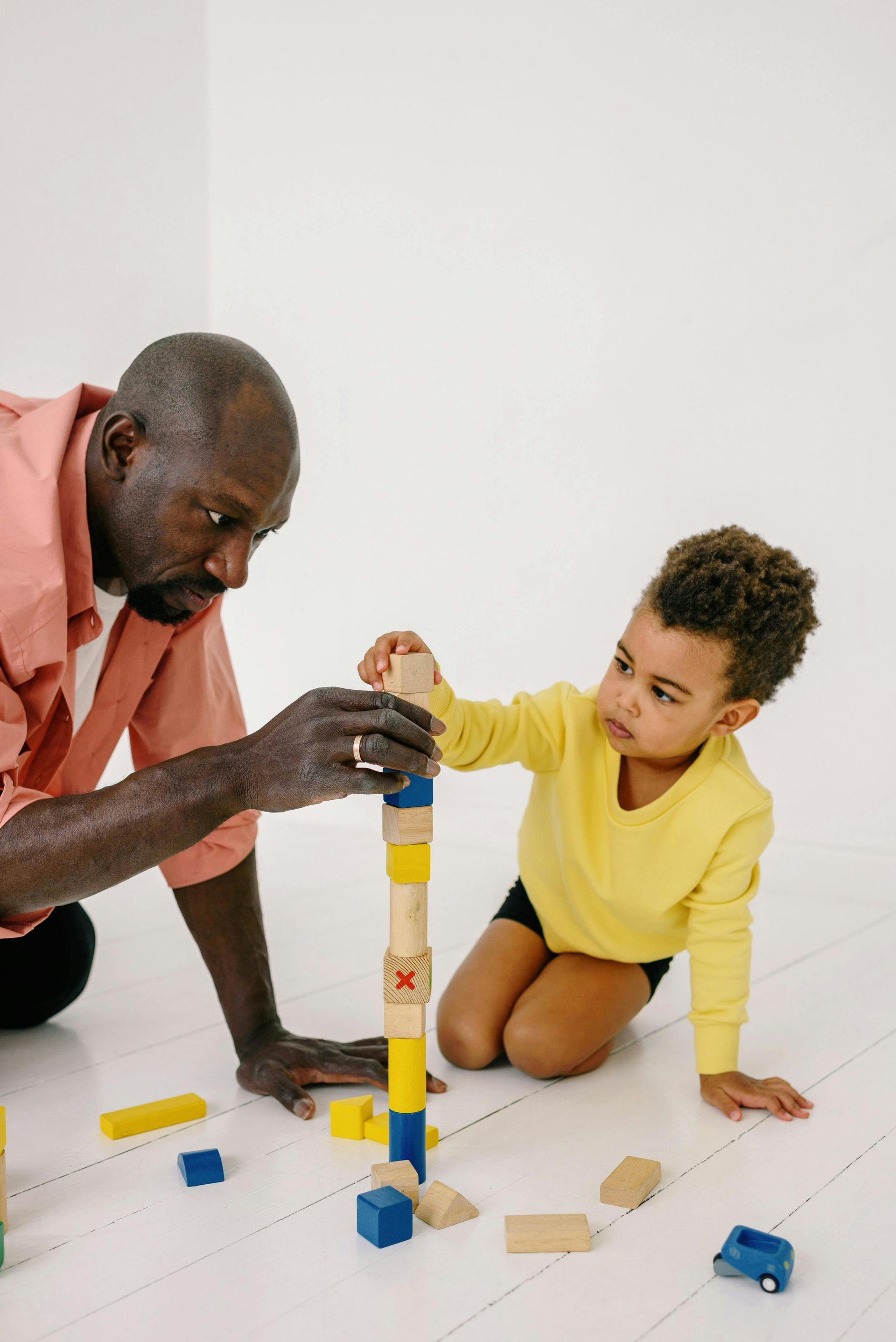All About In-Home ABA Therapy Visits
ABA—or Applied Behavior Analysis—is the most common form of therapy for children with autism. It may typically be administered in an office setting, but fortunately for many parents, there are therapists who will make home visits for ABA therapy. This arrangement often makes things easier on the parents and the child.
What are some advantages of in-home therapy?
The advantages of in-home ABA therapy are many, including being a huge convenience to families. Here are a few more of the most important benefits to consider.
- Your child stays in a familiar environment for treatment and doesn’t need to acclimate to a new setting.
- The therapist is able to observe a child’s authentic behavior within their comfort zone.
- A therapist may be able to make use of your child’s favorite toys or hobbies as reinforcement instead of coming up with new forms of reinforcement in the office setting.
- In your home, your child’s therapist may be better able to help teach your child everyday tasks. For example, they could teach and practice the steps of teeth-brushing in the same setting where it will be done each day.
- Finally, an added bonus is that parents can watch and even participate in the ABA therapy sessions in-home. This can be incredibly valuable and helps families continue reinforcement and reach towards their child’s goals even long after the formal therapy session is over.
How can I prepare for in-home therapy?
Before sessions are set to begin, prepare for in-home ABA therapy by using some or all of the following steps.
- Make everyone in the household aware that you will regularly be receiving the therapist, including the days and times when those are scheduled.
- Get everyone in the family on the same page as far as the therapy treatment plan.
- Consider asking the therapist if they are comfortable with you recording sessions on video. This may make it easier for parents and others to learn how best to interact with the child to reinforce desired behaviors when the therapist is not there.
- Be sure to have an adult member of the household present in the home anytime the therapist is there. This is an important safety consideration.
- Make your therapist aware of any house rules you have, such as removing shoes at the door. Also make sure they know if there are any rooms that they and/or the child are not allowed to enter.
- Always have a bathroom prepared for the therapist’s use, and make sure to tell them where it is.
Some of these steps are simple and some are a little more involved, but by taking the time to think through in-home ABA therapy, you are doing what you can to ensure that your child gets the most out of their therapy sessions.
Positive Reinforcement provides services to North Virginia, West Virginia, and surrounding areas including Richmond and Leesburg.











